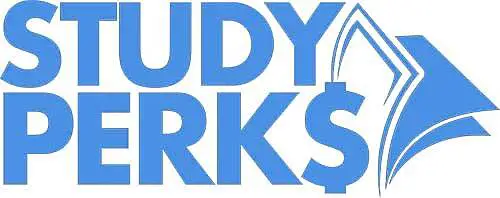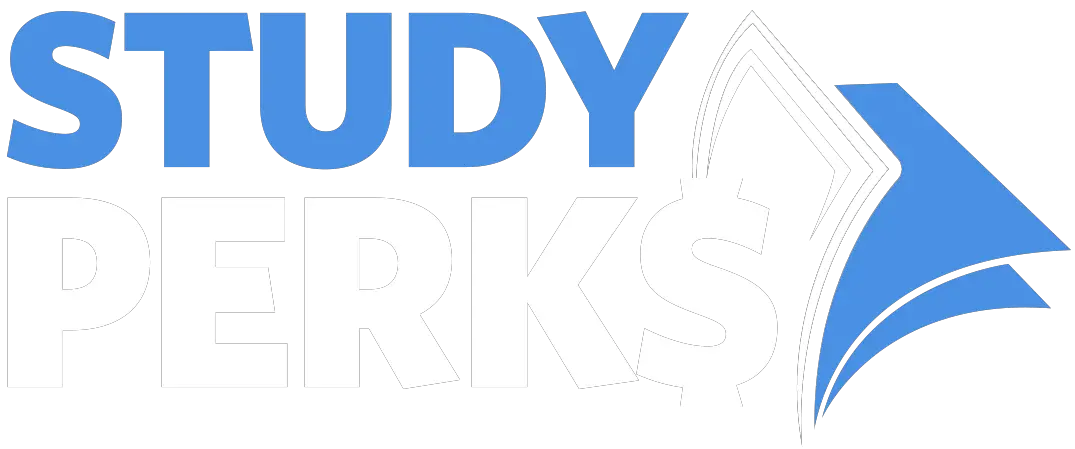Student Loan Forgiveness: Unraveling the Layers of Repayment Plans and Forgiveness Programs
Welcome to our comprehensive guide on student loan forgiveness, where we will delve deep into various repayment plans and student loan forgiveness programs. This guide serves as a beacon for all those borrowers who are grappling with student loan debt. We will explore the nitty-gritty of federal student loans, loan discharge, repayment assistance, and more. Continue reading if you’re looking for definitive answers and wish to understand your federal student aid options better.
What is Student Loan Forgiveness?
Student loan forgiveness is a lifeline for federal student loan borrowers. Under this provision, the borrower’s outstanding loan balance may be entirely or partially forgiven. It provides borrowers a pathway to mitigate their student loan debt, offering substantial financial relief. But how does one qualify for student loan forgiveness? That’s what we’re here to unravel.
Overview of Student Loan Forgiveness Programs
There are several student loan forgiveness programs available, each with its specific criteria. Prominent among them are the Public Service Loan Forgiveness (PSLF), Teacher Loan Forgiveness, and Perkins Loan Cancellation. The Department of Education oversees these programs, and they apply mainly to Direct Loans, though other types of loans may qualify in some circumstances.
Public Service Loan Forgiveness: A Path to Debt Relief?
The Public Service Loan Forgiveness program is one of the most discussed student loan forgiveness options. This program, overseen by the Department of Education, forgives the remaining balance on your Direct Loans after you have made 120 qualifying monthly payments under a qualifying repayment plan while working full-time for a qualifying employer.
Student Loan Discharge: What Does It Entail?
While loan forgiveness is linked to your job or personal circumstances, student loan discharge is tied to your school’s actions or your student loan’s status. The most common types of loan discharge are school closure discharge and disability discharge. If your school closes while you’re enrolled, or shortly after you withdraw, you may be eligible for loan discharge. Disability discharge, on the other hand, applies if you’re totally and permanently disabled.
Understanding Loan Repayment: The Key to Debt Relief
A clear understanding of loan repayment can be a gateway to debt relief. Several loan repayment plans allow federal student loan borrowers to tailor their loan payment to their financial situation. These include the Standard, Graduated, and Extended repayment plans, and Income-Driven Repayment plans.
Perkins Loan Cancellation: What You Should Know
Perkins Loan Cancellation is a type of student loan forgiveness that applies to Federal Perkins Loans. In this scenario, a percentage of the loan may be canceled for each year of service in a qualifying occupation, such as a teacher or nurse.
Private Student Loans: Do They Offer Forgiveness Options?
Private student loans differ from federal student loans. They are offered by private entities like banks, credit unions, and online lenders, rather than the federal government. Unfortunately, private student loans don’t usually offer the same range of forgiveness options as federal loans. However, some private lenders may offer loan discharge under specific conditions.
Unpacking the Repayment Assistance Program
Certain professions may offer student loan repayment assistance programs. They offer money to help repay your student loans, often in exchange for a commitment to a certain term of service in the profession. Some of these include the Nurse Corps Loan Repayment Program and the Teacher Loan Forgiveness Program.
Student Loan Forgiveness for Nurses: An In-depth Look
Nursing is one of the professions with a dedicated loan forgiveness program. The Nurse Corps Loan Repayment Program, for instance, provides substantial loan repayment assistance to registered nurses, nurse practitioners, and nurse faculty members who commit to work at eligible facilities or eligible schools of nursing.
Qualifying for Loan Forgiveness: What Does It Take?
To qualify for student loan forgiveness, certain specific criteria must be met. These depend largely on the type of loan, the date it was taken out, and whether the borrower has made qualifying payments toward the loan. The specific requirements vary by program, so it’s crucial to reach out to your loan servicer for accurate information.
In conclusion, understanding the terms of your student loans and exploring the various forgiveness options can be the difference between lingering debt and financial freedom. Here are some key takeaways:
- Student loan forgiveness programs, like Public Service Loan Forgiveness, can forgive your loan balance.
- Loan discharge programs can wipe out debt based on school closure or disability.
- Repayment plans can be adjusted to your financial situation.
- Perkins Loan Cancellation provides relief for those in qualifying occupations.
- Private student loans don’t usually offer forgiveness options.
- Repayment Assistance Programs can help professionals in certain fields pay off their loans.
- Understanding the requirements is crucial to qualify for loan forgiveness.
Remember to reach out to your loan servicer for detailed information and personalized advice regarding your student loan repayment or forgiveness options.

